Preface ix
List of Variables xi
1 Physical and Biological Properties and Principles: Related to Animal Locomotion 1
1.1 Environmental media 1
1.2 Physics and energetics of movement 2
1.3 Biomechanics of locomotor support 3
1.4 Scaling: the importance of size 7
1.5 Dimensions and units 9
1.6 Summary 11
2 Muscles and Skeletons: The Building Blocks of Animal Movement 12
2.1 Muscles 12
2.2 Molecular organization: mechanism of force generation and shortening 12
2.3 Levels of force generation and the isometric force-length relationship 14
2.4 Power, efficiency and the isotonic force-velocity relationship 16
2.5 “Work loops”: time varying force-length behavior of muscles 18
2.6 Excitation–contraction coupling and motor units 20
2.7 Muscle fiber types 22
2.8 Fiber architecture and its effects on muscle volume and energy use 25
2.9 Skeletons 27
2.10 The connection between muscle and skeleton 27
2.11 Vertebrate endoskeletons 28
2.12 Invertebrate exoskeletons 30
2.13 Hydrostatic skeletons 30
2.14 Skeletons as jointed lever systems 31
2.15 Summary 33
3 Energetics of Locomotion 34
3.1 Linking cellular metabolism to locomotor energetics 34
3.2 Sources and time course of energy usage during exercise 35
3.3 Endurance and fatigue 40
3.4 Energy costs across terrestrial locomotor speeds 40
3.5 Energy cost relative to body size 47
3.6 Energy cost of incline running 52
3.7 Cost of swimming 53
3.8 Cost of flight 54
3.9 Locomotion costs compared 56
3.10 Intermittent exercise 58
3.11 Other adaptations for increased aerobic capacity 59
3.12 Summary 59
4 Movement on Land 61
4.1 Biological wheels: why so few? 61
4.2 Limbs as propulsors: support and swing phases 62
4.3 Limb mechanical advantage and joint torques: interaction
of limb posture and ground reaction force 64
4.4 Locomotor gaits 67
4.5 Stride frequency and stride length relative to speed and size 69
4.6 Spring-mass properties of running 71
4.7 Maneuverability versus stability 73
4.8 Froude number and dynamic similarity 76
4.9 Inferring gait and speed of fossil animals 77
4.10 Mechanical work: potential and kinetic energy changes
during terrestrial locomotion 77
4.11 Collisional mechanics of legged locomotion 80
4.12 Legged robotics 82
4.13 Limbless locomotion 82
4.14 Muscle work versus force economy 84
4.15 Tendon springs and muscle dampers 85
4.16 Summary 88
5 Movement in Water 90
5.1 Thrust and drag 90
5.2 Inertia, viscosity and Reynolds number 91
5.3 Steady flow: drag and streamlines 93
5.4 Swimming fish, mammals and cephalopods: movement at high Re 95
5.5 Jet-based fluid propulsion 103
5.6 Movement at low Re: the reversibility of flow 104
5.7 Movement at intermediate Re: switching between paddles and rakes 108
5.8 Air-water interface: surface swimming, striding and sailing 108
5.9 Biological robotics in and on water 112
5.10 Summary 112
6 Movement in Air 114
6.1 Flight forces: lift, drag and thrust 115
6.2 Power requirements for steady flight 119
6.3 Gliding flight 121
6.4 Flapping flight 125
6.5 Flight motors and wing anatomy 132
6.6 Flight maneuvering and stability 139
6.7 Unsteady aerodynamic mechanisms 143
6.8 Summary 146
7 Jumping, Climbing and Suspensory Locomotion 147
7.1 Jumping 147
7.2 Jump take-offs and trajectories 148
7.3 Scaling of jumps 149
7.4 Power enhancements to jump performance 152
7.5 Interactions with the substrate during jumping 156
7.6 Climbing and attachment mechanisms 158
7.7 Suspensory locomotion 162
7.8 Inspiration for synthetic systems 163
7.9 Summary 163
8 Neuromuscular Control of Movement 165
8.1 Sensory elements 165
8.2 Sensorimotor integration via local reflex pathways 169
8.3 Muscle recruitment in relation to functional demand:
force, speed and endurance 174
8.4 Reciprocal inhibition: a basic feature of sensorimotor neural circuits 182
8.5 Distributed control: the role of central pattern generators 183
8.6 Case examples of motor control 185
8.7 Summary 187
9 Evolution of Locomotion 190
9.1 Large-scale trends in animal locomotion 190
9.2 From genes to locomotion 197
9.3 Comparative methods and animal locomotion 198
9.4 The relevance of evolution to robotics and bio-inspired design 200
9.5 Summary 202
References 205
Index 219
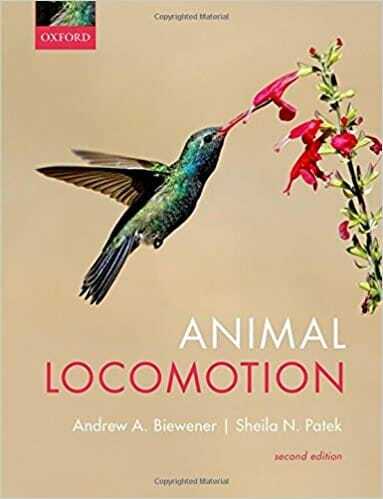


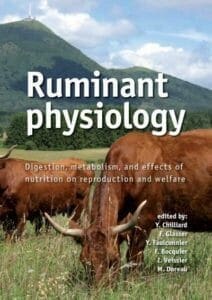
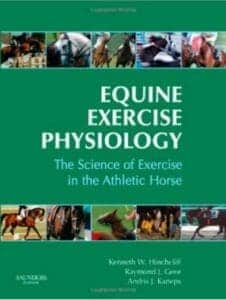


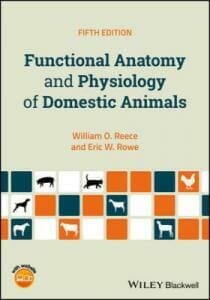
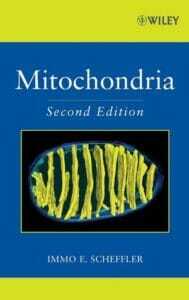
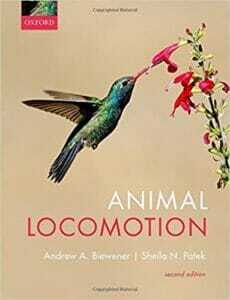




![Ettinger’s Textbook of Veterinary Internal Medicine 9th Edition [PDF+Videos] Ettinger’s Textbook of Veterinary Internal Medicine 9th Edition [True PDF+Videos]](https://www.vet-ebooks.com/wp-content/uploads/2024/10/ettingers-textbook-of-veterinary-internal-medicine-9th-edition-100x70.jpg)

![Textbook of Veterinary Diagnostic Radiology 8th Edition [PDF+Videos+Quizzes] Thrall’s Textbook of Veterinary Diagnostic Radiology, 8th edition PDF](https://www.vet-ebooks.com/wp-content/uploads/2019/09/textbook-of-veterinary-diagnostic-radiology-8th-edition-100x70.jpg)






